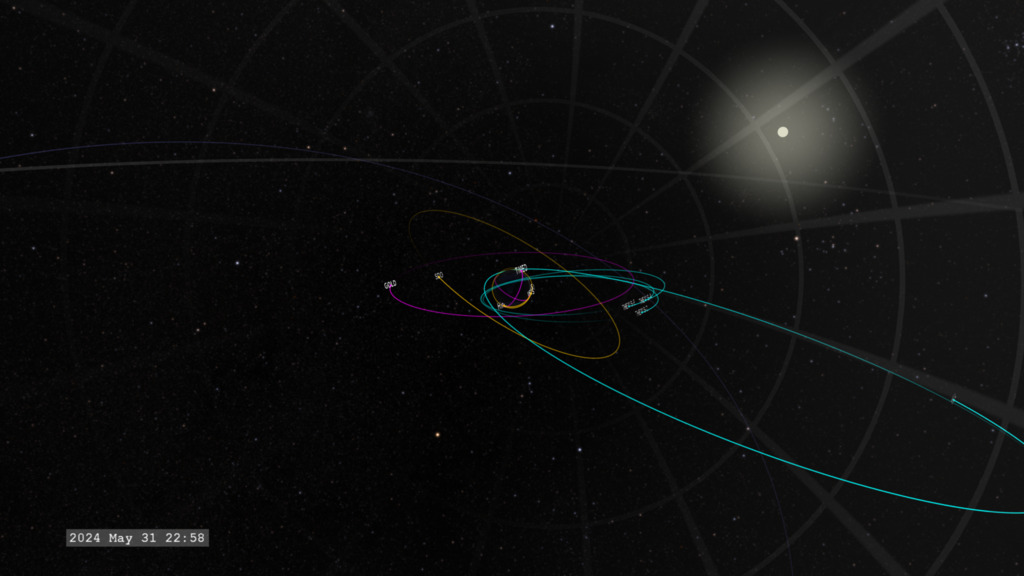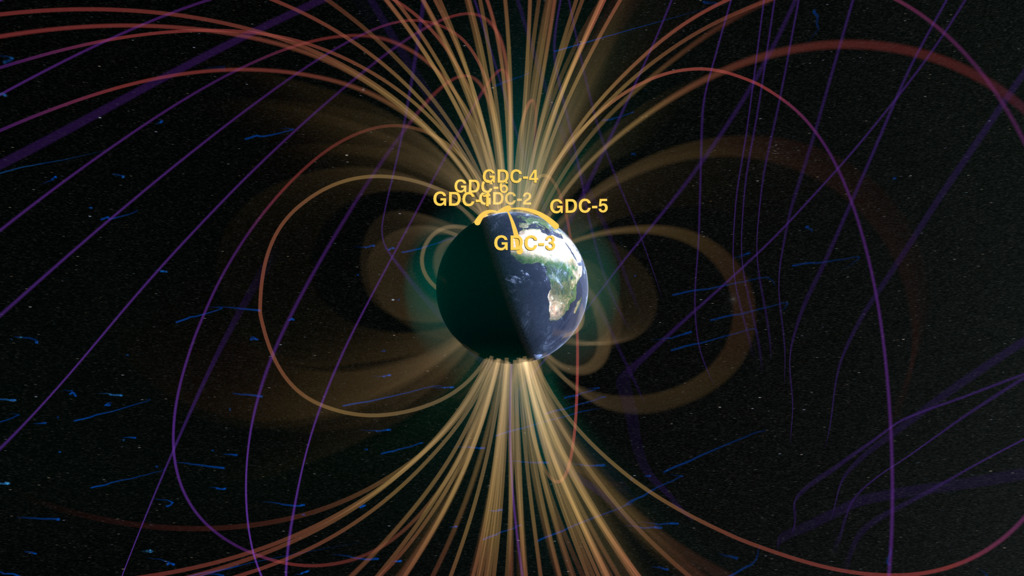GDC and DYNAMIC to Explore Earth’s Upper Atmosphere
Two upcoming missions, the Geospace Dynamics Constellation (GDC) and Dynamical Neutral Atmosphere-Ionosphere Coupling (DYNAMIC) will revolutionize our understanding of Earth’s upper atmosphere. This region includes Earth’s ionosphere, thermosphere, and mesosphere, and stretches from roughly 50 to 400 miles above Earth’s surface. Space weather disturbances can impact communications, navigation signals, and satellite orbits, and induce currents can trigger power outages on Earth — making the region a crucial area of study.
GDC is a team of satellites that will study Earth’s upper atmosphere and provide the first direct global measurements of our planet’s dynamic and complex interface with the space environment. Working in tandem with the DYNAMIC spacecraft, scientists will be able paint a fuller picture of how energy transforms and travels throughout the upper atmosphere. GDC will fly at an altitude of 350-400 km.
DYNAMIC is a pair of satellites that will work in tandem with GDC to study how changes in Earth’s lower atmosphere influence our planet’s upper atmosphere. Between the multiple spacecraft of GDC and DYNAMIC, simultaneous observations from different locations can give scientists a more complete picture of how atmospheric waves propagate up through this unique part of the atmosphere. DYNAMIC will fly at an altitude of 550-800 km.
GDC and DYNAMIC - 4K
GDC - 4K
DYNAMIC - 4K
Credits
Please give credit for this item to:
NASA's Goddard Space Flight Center
-
Producers
- Lacey Young (eMITS)
- Joy Ng (eMITS)
-
Animator
- Wes Buchanan (ARES Corporation)
Release date
This page was originally published on Friday, January 3, 2025.
This page was last updated on Thursday, January 2, 2025 at 4:44 PM EST.



